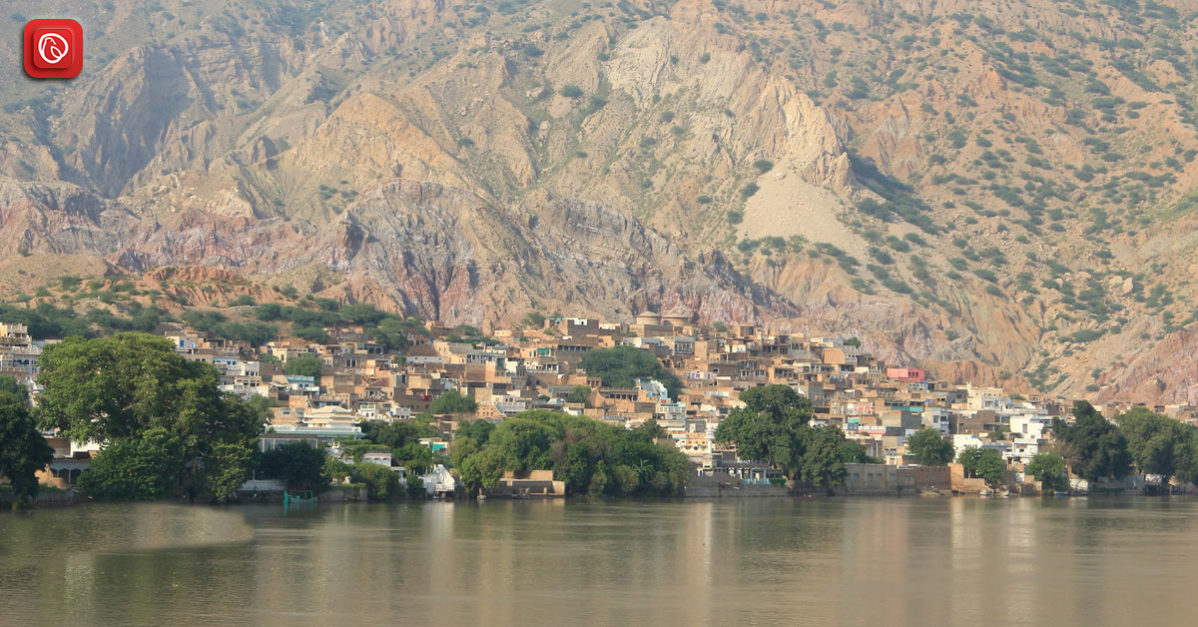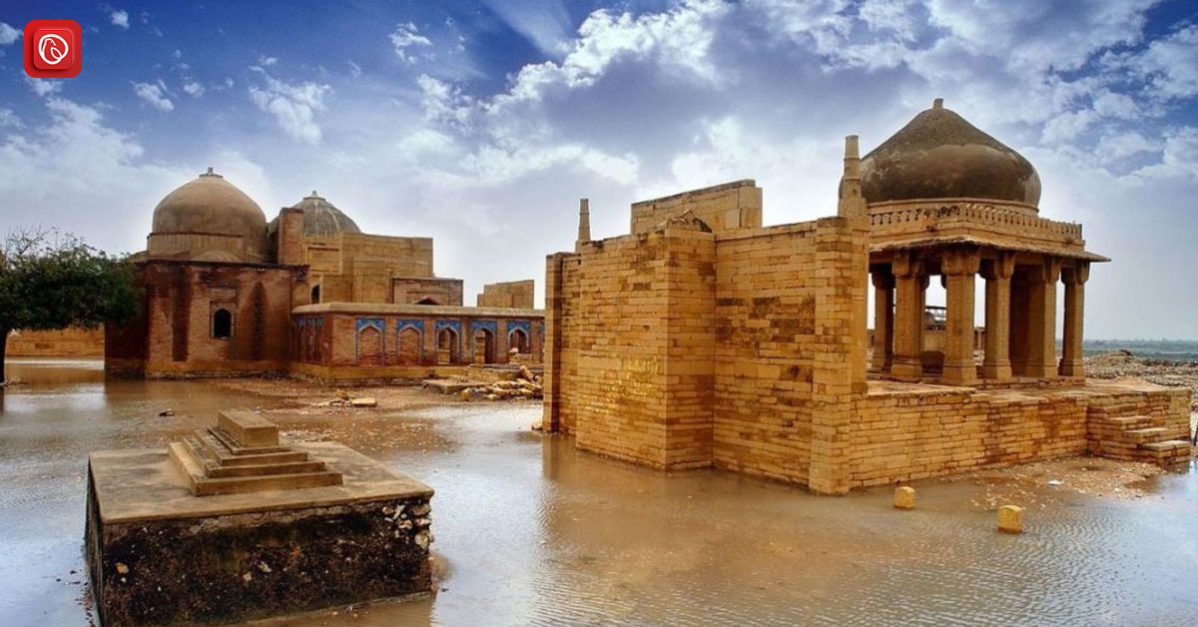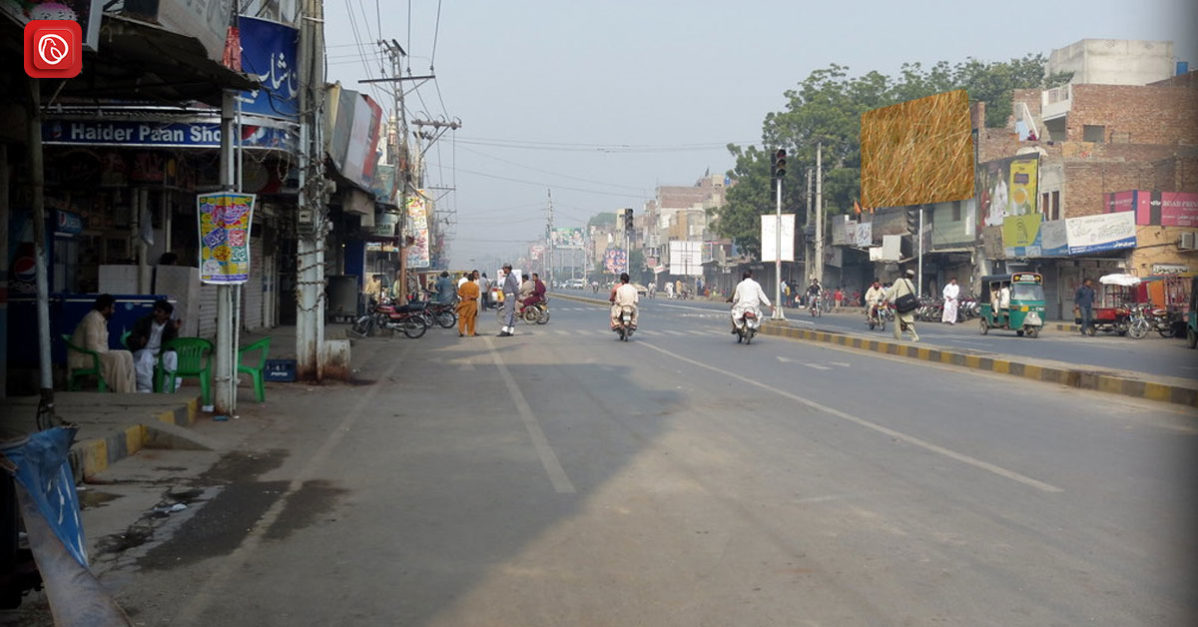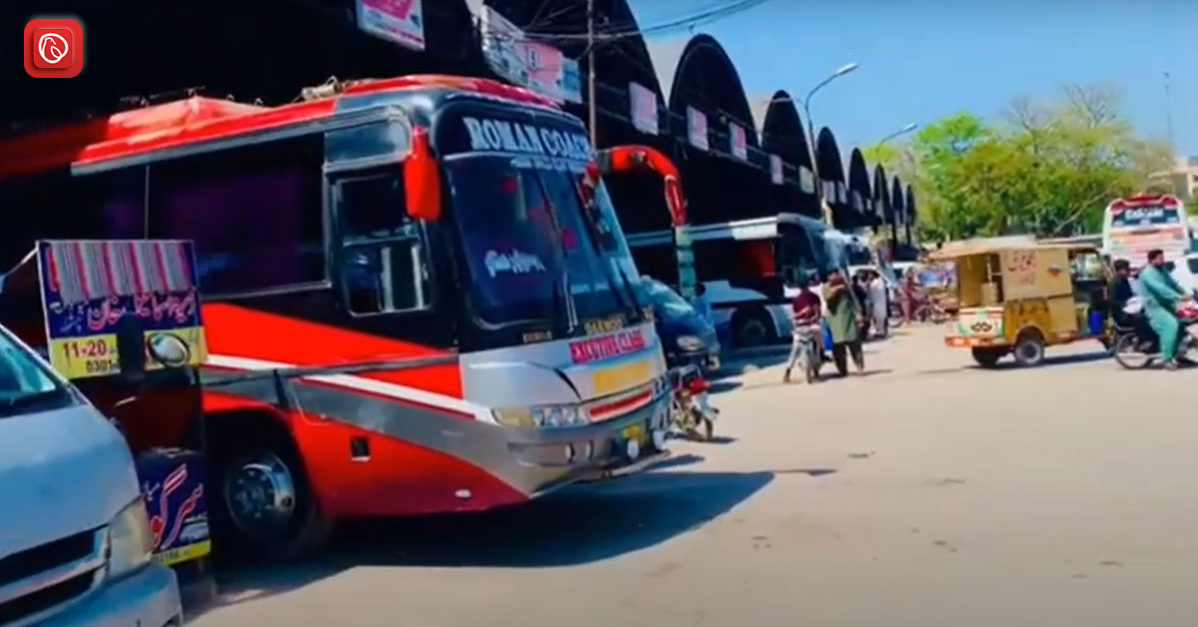Mianwali, a historic city in Punjab, Pakistan, lies along the banks of the mighty Indus River. Known for its rugged landscape, agricultural significance, and cultural heritage, Mianwali serves as a crucial link between Punjab and Khyber Pakhtunkhwa. This city is also famous as the hometown of Imran Khan, Pakistan’s former Prime Minister, which has brought it further into the limelight. With a mix of traditional values and modern developments, Mianwali offers a unique blend of history, natural beauty, and economic growth.
Graana.com will share more information about this historic city in the later part of this blog.
Historical Background of Mianwali
Mianwali has a rich history that spans centuries. Initially part of the ancient Indus Valley Civilization, Mianwali’s strategic location attracted various empires over time, from local dynasties to powerful external forces.
British Influence
Mianwali became a district under British India in 1901. The British introduced administrative reforms, which led to infrastructure developments, including roads and railways, enhancing its connectivity with other regions.
Post-Independence Developments
After Pakistan’s independence in 1947, Mianwali continued to grow, playing an important role in agriculture and energy production. The city became a hub for national development projects, including the establishment of various power plants and dams.
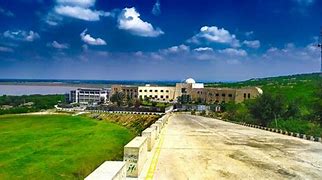
Geography and Climate
Let’s share some climatic and geography about the historic city:
Landscape and Natural Features
Situated near the banks of the Indus River and close to the Salt Range, Mianwali’s landscape features a striking mix of mountains, plains, and rivers. The surrounding areas also host diverse flora and fauna, contributing to the region’s ecological richness.
Climate
Mianwali has a semi-arid climate, marked by hot summers with temperatures often reaching above 40°C, and mild winters, making it ideal for certain crops. The presence of the Indus River helps moderate the climate, particularly near riverbanks, supporting agriculture in the area.
People and Culture
Let’s talk about people and culture of the area:
Languages and Ethnicities
Mianwali’s population is diverse, with people speaking Punjabi, Saraiki, Pashto, and Urdu. The city’s multi-ethnic makeup enriches its culture, where communities live harmoniously, celebrating their distinct identities while sharing core values.
Festivals and Traditions
Traditional celebrations like Eid, Basant, and local fairs mark the vibrant social life of Mianwali. These events are filled with music, dance, and traditional sports like wrestling, a much-loved pastime in the area.
Cuisine
Mianwali’s cuisine is a flavorful representation of its culture. Local dishes like “Karahi,” “Nihari,” and “Sajji” are popular and made with unique regional spices. The city’s food culture often involves communal meals, particularly during festivals.
Economy and Industries
Mianwali’s economy is diverse, driven by agriculture, mining, and small industries.
Agriculture
Thanks to the fertile plains along the Indus River, agriculture is the primary livelihood for many in Mianwali. The area produces wheat, sugarcane, cotton, and various vegetables, contributing to both local and national markets.
Mining
Rich in minerals, Mianwali is a significant source of gypsum, limestone, and salt, supporting the region’s mining industry. The extracted materials are used in cement and construction, generating revenue for the local economy.
Industrial Growth
Small and medium-sized industries, including textile mills and construction material production, play an essential role in the local economy. The Chashma Nuclear Power Plant near Mianwali is one of Pakistan’s key power generation facilities, highlighting the area’s industrial importance.
Educational Institutions
Mianwali boasts a growing education sector, with institutions ranging from primary schools to higher education.
Primary and Secondary Schools
Both public and private schools provide foundational education. Schools like Government High School Mianwali and various private institutions offer quality education to prepare students for further studies.
University of Mianwali
The University of Mianwali offers diverse programs in the sciences, humanities, and social sciences. This institution has become a crucial source of higher education, drawing students from across the region.
Namal Institute
Located near Namal Lake, this institute, founded by Imran Khan, focuses on science, technology, and management, providing students with quality higher education and promoting technological advancement in the region.
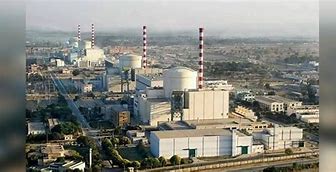
Tourist Attractions and Landmarks
Mianwali is home to numerous natural and cultural attractions.
Chashma Lake
Created by the Chashma Barrage, Chashma Lake is a popular spot for picnics, boating, and bird-watching. Its serene waters are surrounded by lush greenery, making it a relaxing retreat.
Namal Lake
A stunning natural lake, Namal Lake attracts nature lovers, photographers, and adventure seekers. The area around Namal Lake is known for its biodiversity, with various bird species and wildlife.
Sufi Shrines
Mianwali has several Sufi shrines, including those of renowned saints such as Syed Abul Hassan Shah and Syed Noor Shah, drawing pilgrims from far and wide.
Thal Desert
A part of the Thal Desert lies within Mianwali. This arid region offers unique landscapes, with sand dunes and a distinct desert ecosystem that contrasts with the green areas around the Indus.
Transportation and Infrastructure
Mianwali’s infrastructure has developed significantly, improving the quality of life and boosting connectivity.
Road Networks
Mianwali is well-connected by major highways, linking it to Punjab and Khyber Pakhtunkhwa. Roads like the Mianwali-Bannu Road play an important role in trade and travel.
Railways
The city’s railway station links it to other major cities in Pakistan, making it an accessible location for both travelers and goods transport.
Mianwali Airport
Though limited, Mianwali Airport offers flights to other major cities, providing an added layer of connectivity for residents and business travelers.
Real Estate and Housing
Mianwali’s real estate sector is growing, driven by the demand for modern living spaces.
Residential Areas
There are various housing options in Mianwali, from traditional homes in older neighborhoods to new housing societies offering modern amenities.
Commercial Development
With the rise in business and trade activities, commercial zones are being developed to accommodate shops, offices, and businesses, boosting the local economy.
Investment Potential
Mianwali’s growing population and economic development make it a promising location for real estate investment. Areas close to educational institutions and scenic spots like Namal Lake are particularly attractive for investors.
Future Development and Challenges
Development Projects: Several infrastructure projects are underway in Mianwali, including road improvements and healthcare facilities, aimed at raising the standard of living.
Challenges: Mianwali faces challenges such as water scarcity, which affects agriculture. Expanding healthcare facilities, educational resources, and addressing environmental concerns will be essential for sustainable growth.
Conclusion
Mianwali is a city of beauty, history, and promise. From its scenic lakes and deserts to its rich cultural heritage, Mianwali offers a unique experience that combines tradition with modern development. As the city continues to grow, it represents a bright future for Punjab, attracting residents, visitors, and investors alike.
FAQs
Related FAQs
What is Mianwali known for?
It is known for its scenic landscapes, including Chashma and Namal Lakes, its agricultural output, and its historic significance. It is also famous as the hometown of Imran Khan, Pakistan’s former Prime Minister.
What are the main languages spoken in Mianwali?
The main languages spoken are Punjabi, Saraiki, Pashto, and Urdu, reflecting the city’s cultural diversity.
What is the best time to visit Mianwali?
The best time to visit is in the cooler months, from October to March, when the temperatures are mild, making it ideal for outdoor activities and sightseeing.
Are there any popular tourist attractions in Mianwali?
Yes, popular attractions include Namal Lake, Chashma Lake, and the Sufi shrines. The Thal Desert and the landscapes along the Indus River are also worth exploring.
How can I reach Mianwali?
It can be reached by road, rail, and limited air services. The city is well-connected with nearby major cities, making it accessible for travelers and visitors.
Follow Graana blog for more information.
